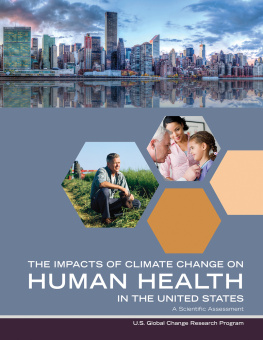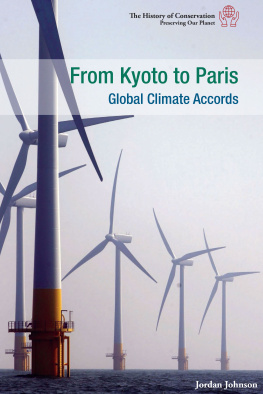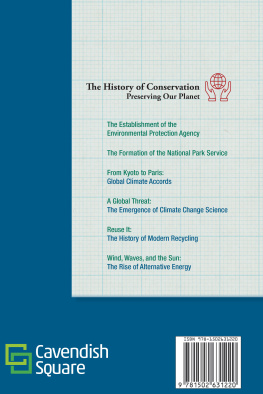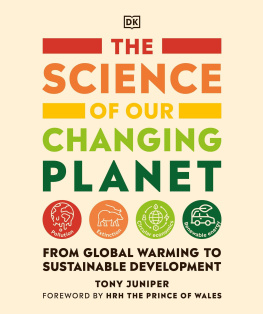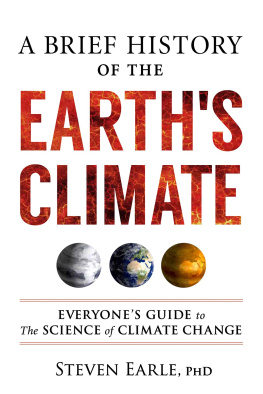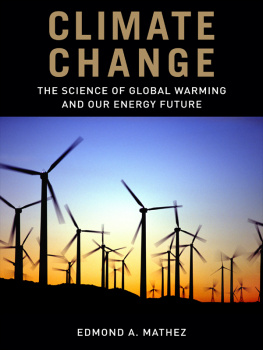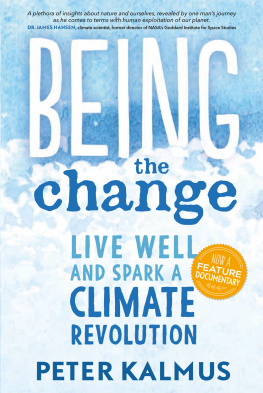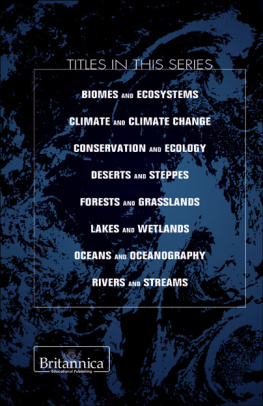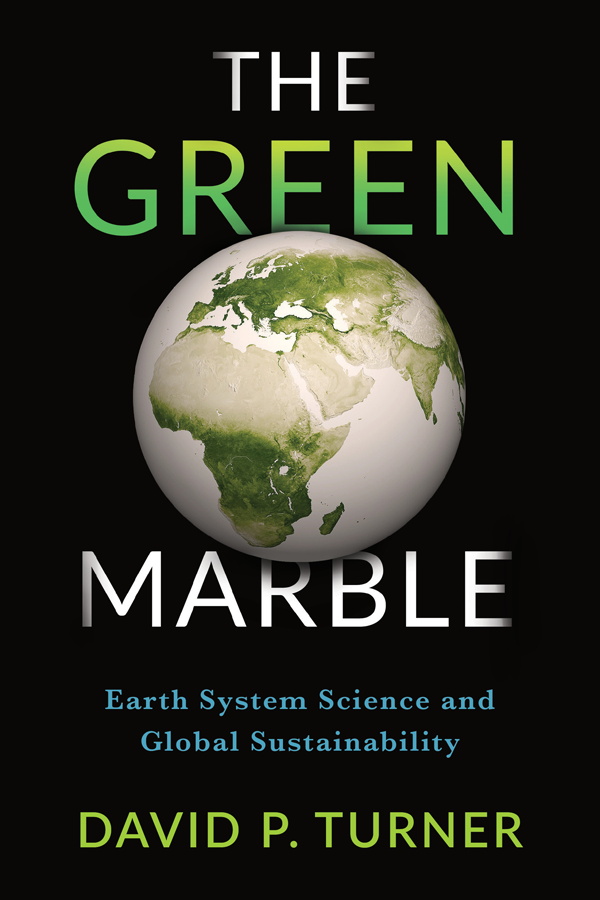Contents
Guide
Pagebreaks of the print version
THE GREEN MARBLE
DAVID P. TURNER
THE GREEN MARBLE

Earth System Science and Global Sustainability
COLUMBIA UNIVERSITY PRESS
NEW YORK

Columbia University Press
Publishers Since 1893
New York Chichester, West Sussex
cup.columbia.edu
Copyright 2018 Columbia University Press
All rights reserved
E-ISBN 9780231542845
Library of Congress Cataloging-in-Publication Data
Names: Turner, David (David P.), 1950 author.
Title: The green marble : earth system science and global sustainability / David P. Turner.
Description: New York : Columbia University Press, 2018. | Includes bibliographical references and index.
Identifiers: LCCN 2017039170 | ISBN 9780231180603 (cloth : alk. paper) | ISBN 9780231180610 (pbk. : alk. paper) |
Subjects: LCSH: Global environmental change. | Biosphere. | NatureEffect of human beings on. | Environmental sciencesSocial aspects. | Environmental protectionInternational cooperation.
Classification: LCC GE149 .T87 2018 | DDC 304.2/8dc23
LC record available at https://lccn.loc.gov/2017039170
A Columbia University Press E-book.
CUP would be pleased to hear about your reading experience with this e-book at .
Cover design: Noah Arlow
CONTENTS
T he title of this book, The Green Marble , refers to three perspectives on planet Earth.
The National Aeronautics and Space Administration (NASA) and the National Oceanic and Atmospheric Administration (NOAA) use the term green marble when referring to an image of Earth in which the mapped variable is an indicator of annual photosynthesis on land. Satellite remote sensing now provides information on a near daily basis for monitoring global photosynthesis. The green marble is a member of a pantheon of Earth marbles, including (1) the blue marble, a photo from space that emphasizes the preponderance of water on Earths surface; (2) the black marble, Earth at night with its jewel-like network of lighted roads and cities; and (3) the white marble, snowball Earth from a period early in its geological history when it was largely covered by ice and snow. The emphasisin the marble motif, and in this bookis on seeing Earth as a whole.
The second referent of the title is to the environmental movement. Green is often the adjective of choice to evoke environmentally friendly technologies, consumer choices, and natural resource management practices. Earth must inevitably become greener in that sense if the human enterprise is to prosper. Global environmental governance is a major theme in the later part of the book.
Lastly, and somewhat ominously, green sulfur bacteria were pervasive in the ocean during Earths most extreme extinction event. About 250 million years ago, a massive pulse of greenhouse gases into the catastrophe.
The Green Marble is about the converging fields of Earth system science and global sustainability. After a chapter introducing the discipline of Earth system science, the next two chapters examine Earths geological past. They describe the magnitude of variation in Earths climate and biosphere over geological history and thus provide perspective on the current human perturbation of the Earth system. The next three chapters investigate the ongoing human disruption of Earths biogeochemical cycles and its biosphere, as well as scenarios for Earths environmental future. The last five chapters wrestle with what has been accomplished, and what can be done in the future, about global environmental governance.
The material here necessarily covers a lot of intellectual ground and freely crosses disciplinary boundaries. It is intended to be accessible to a non-geoscientist, but still achieve enough depth to give a real feel for the human predicament and the opportunities with respect to global environmental change. Citations to classic and contemporary literature are given to help unpack what may seem at times to be a flurry of abstractions. The goal is a synoptic coverage of global environmental change that will form a framework for organic growth of the readers knowledge about global-scale structures and processes.
I feel immensely fortunate to be living in a time when electronic access to much of the scientific record is readily available. That heritage, along with ongoing interactions with colleagues and students, provided the foundation for this synthesis effort. I am especially grateful to colleagues for reviewing various sections of the book (Steve Frolking, David King, Denise Lach, David Rupp, and Mary Santelmann). During its long gestation, support was provided at times by the NASA Terrestrial Ecology Program, the NOAA Fellowship Program, and the Fulbright Scholar Program. I benefited significantly from the guidance of Patrick Fitzgerald, my editor at Columbia University Press. Special thanks to Mariette Brouwers, my fellow world traveler for 43 years.
Despite the kind reviews of my colleagues, I have undoubtedly made errors of fact, emphasis, and interpretation. These are certainly my responsibility and I appreciate the forbearance of all.
AIS | automatic ship identification |
AMOC | Atlantic meridional overturning circulation |
AVHR | Advanced Very High Resolution Radiometer |
BAU | business as usual |
CCN | cloud condensation nuclei |
CE | Common Era |
CFC | chlorofluorocarbon |
CPM | common pool resources |
DGVM | dynamic global vegetation model |
DMS | dimethyl sulfide |
DNA | deoxyribonucleic acid |
EM | ecological modernization |
E/MSY | extinctions per million species years |
EMT | ecological modernization theory |
ENSO | El Niosouthern oscillation |
EOS | NASA Earth Observing System |
EPA | U.S. Environmental Protection Agency |
EPME | end-Permian mass extinction |
ESA | European Space Agency |
ESM | Earth system model |
FAO | United Nations Food and Agriculture Organization |
FSC | Forest Stewardship Council |
GCM | general circulation model |
GDP | gross domestic product |
GEF | Global Environmental Facility |
GEOSS | Global Earth Observing System of Systems |
GFW | Global Forest Watch |
GPP | gross primary production |
GRACE | Gravity Recovery and Climate Experiment |
HCFC | hydrochlorofluorocarbon |
IAM |



